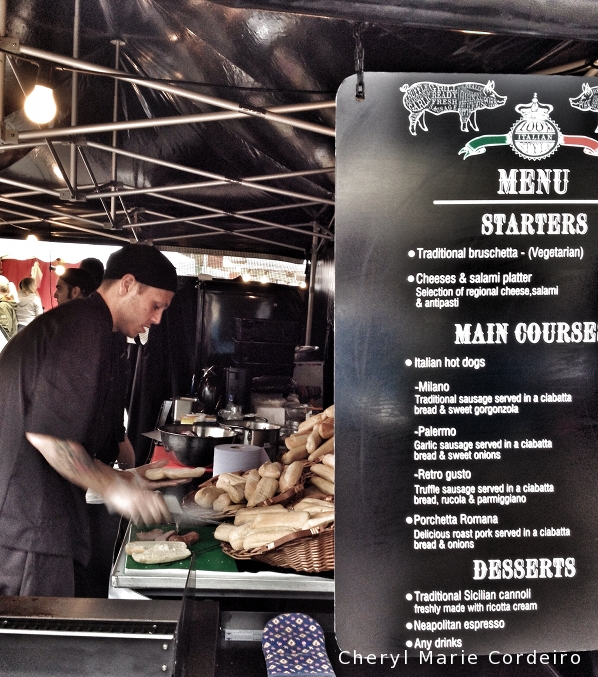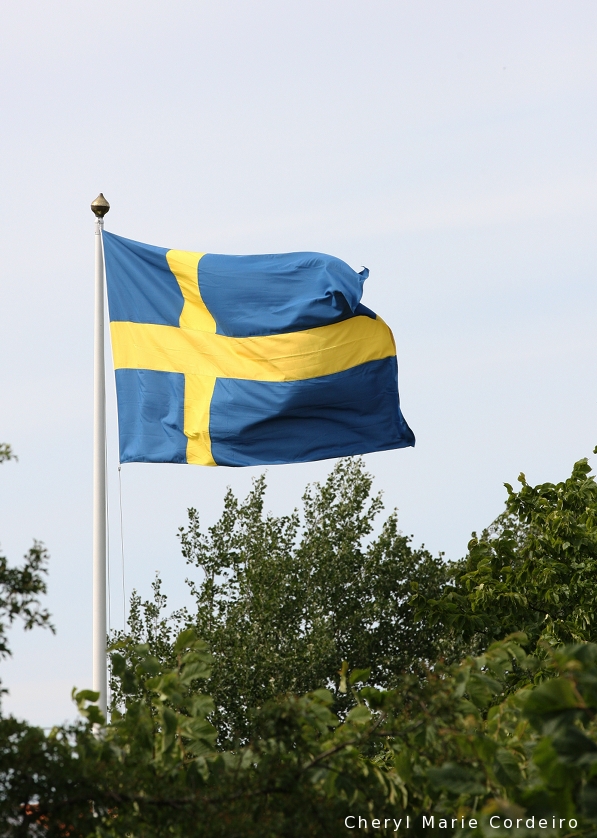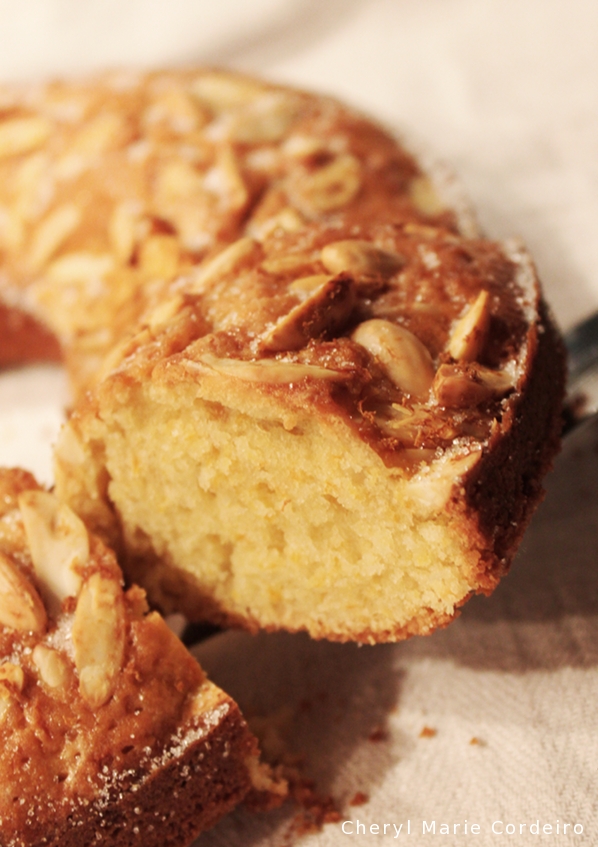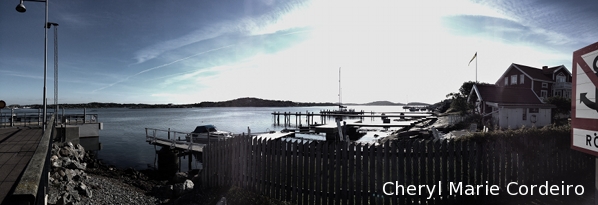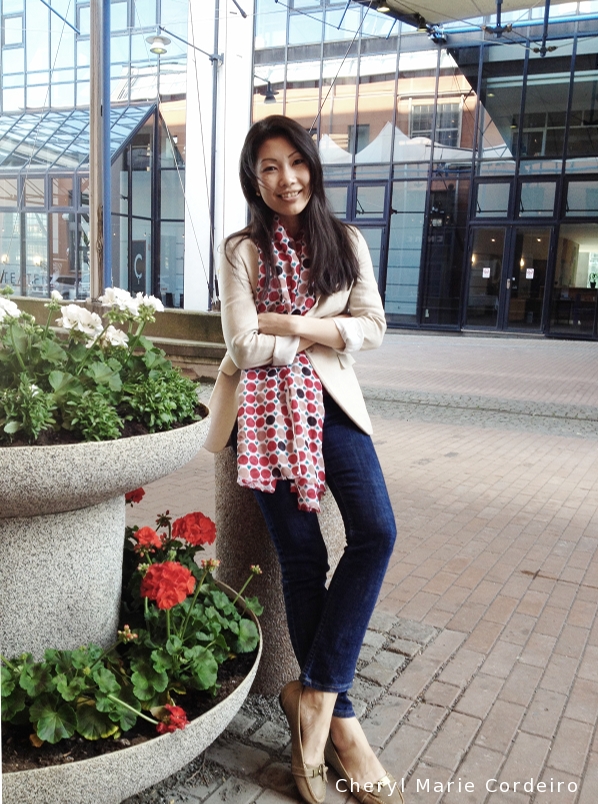No overcast sky would discourage the long queue for this warm lunch
served at the most popular stall at this food market.
Text & Photo © CM Cordeiro 2014
I love marketing. And what better way to market than to chance upon these tented food stalls at Järntorget in Gothenburg during lunch hour?
Despite the overcast sky that threatened a tropical rainstorm, it was a decision to head towards Järntorget for lunch that landed this serendipitous find of a food market, courtesy of Tentazioni of London. Continue reading “Food market at Järntorget, Gothenburg”
